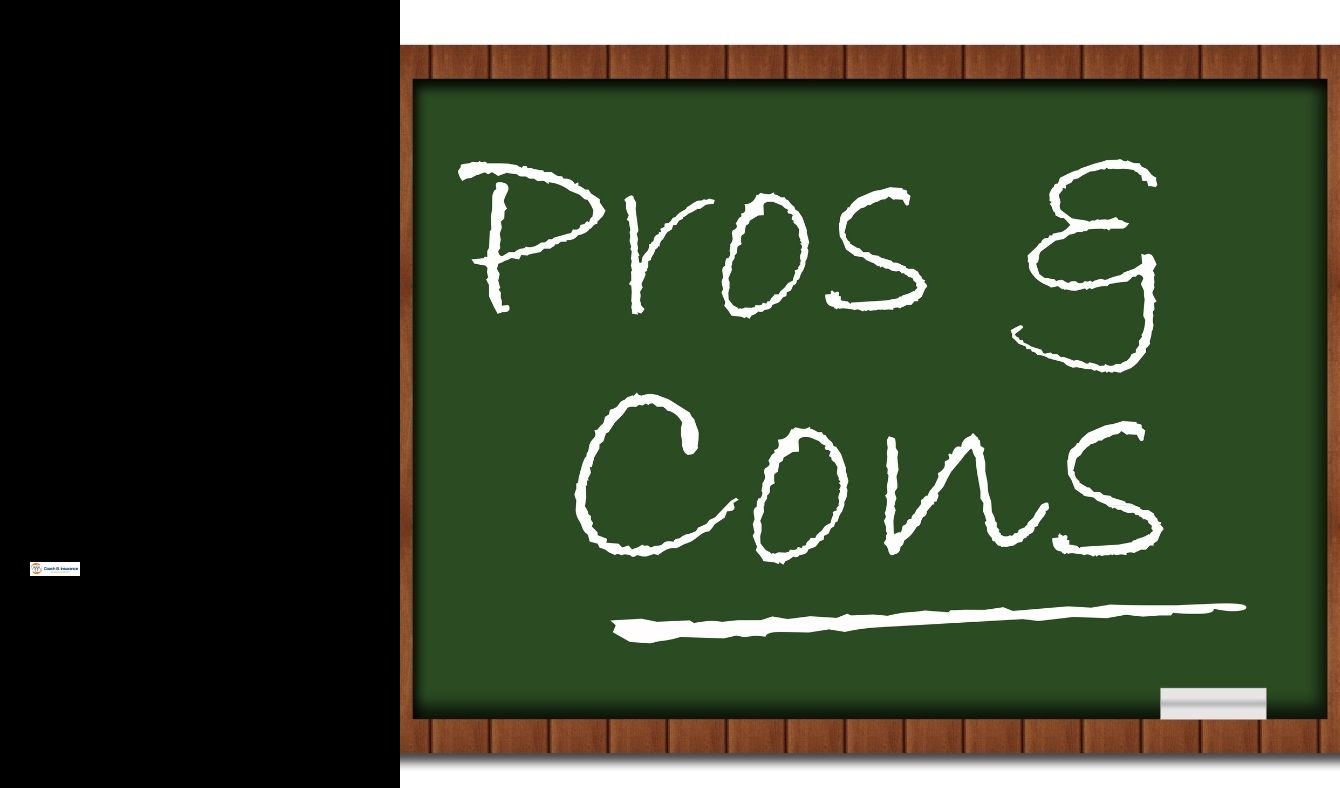life insurance vs term insurance
No-questions-asked coverage. Guaranteed Issue lives up its name. This ensures that you are covered no matter what your health is like. This type of permanent insurance will continue to be in force as long as you pay your premiums. Guaranteed Issue can be a great option for those who have serious conditions such as heart disease or cancer.



